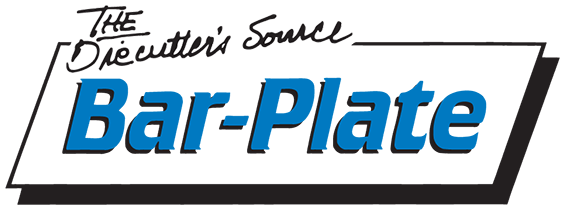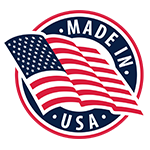The Role of Regenerative Therapy in Sports Medicine
In the dynamic world of sports medicine, injuries are an inevitable part of an athlete’s journey. While traditional treatments have been effective in managing many sports-related injuries, regenerative therapy represents a revolutionary approach to healing that is transforming the field. From professional athletes to weekend warriors, regenerative therapy offers promising solutions for accelerating recovery, restoring function, and prolonging careers. In this blog, we explore the significant role of regenerative therapy Karachi in sports medicine and its impact on athlete performance and well-being.
Understanding Regenerative Therapy in Sports Medicine
Regenerative therapy in sports medicine encompasses a range of innovative techniques aimed at harnessing the body’s natural healing processes to repair and regenerate damaged tissues. Unlike conventional treatments that may only provide temporary relief or require lengthy rehabilitation periods, regenerative therapies target the root cause of injuries, promoting tissue repair and regeneration at the cellular level. By facilitating faster recovery times and reducing the risk of recurrent injuries, regenerative therapy plays a vital role in optimizing athlete performance and longevity.
Key Applications of Regenerative Therapy in Sports Medicine
Platelet-Rich Plasma (PRP) Therapy
PRP therapy is a widely used regenerative treatment in sports medicine that involves isolating and concentrating platelets from the athlete’s own blood and injecting them into the site of injury. Platelets contain growth factors and other bioactive molecules that stimulate tissue repair, reduce inflammation, and promote healing. PRP therapy is commonly used to treat tendon injuries, ligament sprains, muscle strains, and osteoarthritis, among other conditions.
Stem Cell Therapy
Stem cell therapy holds immense potential for repairing and regenerating damaged tissues in sports injuries. Mesenchymal stem cells (MSCs), derived from sources such as bone marrow or adipose tissue, have the ability to differentiate into various cell types and promote tissue regeneration and Stem cell therapy may be used to treat conditions such as cartilage defects, tendon injuries, and muscle tears, offering a minimally invasive alternative to surgery and facilitating faster recovery.
Growth Factor Therapy
Growth factors play a crucial role in regulating cell proliferation, angiogenesis, and tissue repair. In sports medicine, growth factor therapy involves the administration of specific growth factors, such as insulin-like growth factor-1 (IGF-1) and transforming growth factor-beta (TGF-β), to promote tissue healing and regeneration. Growth factor therapy may be used in conjunction with other regenerative treatments or as a standalone therapy to enhance recovery from sports injuries.
Benefits of Regenerative Therapy for Athletes
Accelerated Recovery
Regenerative therapies stimulate the body’s natural healing processes, allowing athletes to recover more quickly from injuries and return to play sooner than with traditional treatments alone. By promoting tissue repair and regeneration, regenerative therapy reduces downtime and minimizes disruptions to training and competition schedules.
Reduced Risk of Recurrence
One of the key advantages of regenerative therapy is its ability to address the underlying causes of injuries, rather than simply masking symptoms. By repairing damaged tissues and improving structural integrity, regenerative therapy helps reduce the risk of recurrent injuries, allowing athletes to perform at their best with confidence and peace of mind.
Minimally Invasive
Many regenerative treatments, such as PRP therapy and stem cell therapy, are minimally invasive procedures that can be performed on an outpatient basis. Unlike surgery, regenerative therapy typically involves shorter recovery times, less post-procedure discomfort, and lower risk of complications, making it an attractive option for athletes seeking alternatives to invasive procedures.
Conclusion
Regenerative therapy is revolutionizing the field of sports medicine, offering athletes innovative solutions for managing injuries, enhancing recovery, and optimizing performance. From professional athletes striving for peak performance to recreational enthusiasts seeking to stay active and healthy, regenerative therapy holds immense promise for individuals at all levels of athletic participation. As research and technology continue to advance, the future of regenerative therapy in sports medicine looks brighter than ever, paving the way for continued innovation and excellence in athlete care.

